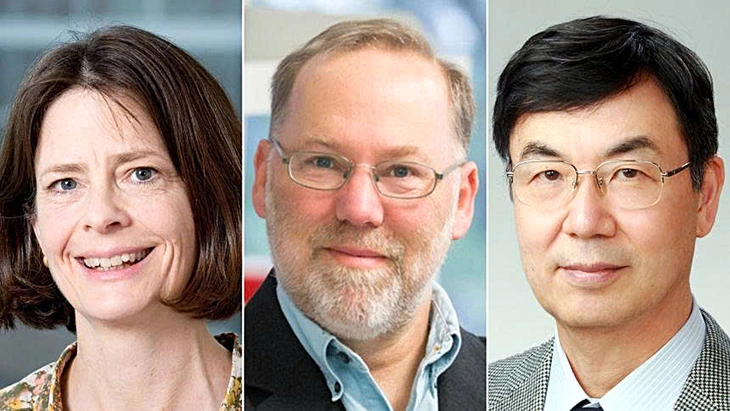
The 2025 Nobel Prize winners from left to right include: Mary Brunkow, Fred Ramsdell and Shimon Sakaguchi. Photo: CNN
The Nobel Assembly at the Karolinska Institute (Sweden) said the three scientists discovered regulatory T cells that play the role of "protectors", preventing immune cells from attacking the body. In other words, the work of these three scientists helped prevent the immune system from attacking its own body.
The role of T cells
The immune system's job is to protect the body by detecting and eliminating pathogens such as bacteria, viruses, or even cancer cells.
However, like a double-edged sword, uncontrolled inflammatory responses to kill bacteria can lead to autoimmune diseases, while uncontrolled responses to kill cancer cells can damage healthy cells.
So how does the body maintain this delicate balance of the immune system? T cells help keep the immune system in balance by constantly patrolling the body. When they detect a threat, such as bacteria or virus-infected cells, they trigger an immune attack to eliminate the threat. Other T cells can directly kill virus-infected cells or cancer cells.
Research since the 1980s has shown that each T cell produced in the thymus carries a unique receptor (TCR). These receptors form through random recombination of gene segments, creating countless different combinations. It is this randomness that allows some T cells to mistakenly recognize and attack parts of the body.
To prevent this, the body undergoes a process of “selection” in the thymus gland – T cells that recognize the body’s own antigens are eliminated. This phenomenon is called central tolerance. However, no mechanism is perfect, and some autoreactive T cells can still get through the screening process and enter the bloodstream.
This year's Nobel Prize honors discoveries that help explain how the body controls these cells in the periphery, to prevent them from causing damage to the body itself.
Breakthrough discovery about the immune system
Professor Shimon Sakaguchi started with an interesting observation: when removing the thymus – where T cells are made – in newborn mice, instead of causing a weakened immune system, the mice developed severe autoimmune symptoms.
Some scientists at the time suggested that there might exist a group of T cells that were capable of inhibiting the activity of the immune system, rather than activating it.
However, this idea was rejected because it went against traditional beliefs. Nevertheless, Mr. Sakaguchi persisted and conducted a series of experiments to determine exactly what type of cell had the role of "braking" this immune response.
In 1995, he published in The Journal of Immunology a group of T cells bearing the CD25 receptor on their surface, and proposed that they functioned to suppress and maintain immune balance. This discovery laid the foundation for a whole new line of research.
Interestingly, his paper was not published in top journals like Nature or Science, because at the time, the idea of suppressor T cells was still considered crazy.
During the Manhattan Project to develop the atomic bomb, scientists studying the effects of radiation accidentally created a strain of mice with scaly skin, called "scurfy" mice. These male mice had dry, flaky skin, enlarged spleens and lymph nodes, and lived only a few weeks.
By the early 1990s, researchers discovered that the T cells of scurvy mice attacked their own bodies, leading to autoimmune disease.
Scientists Mary Brunkow and Fred Ramsdell set out to find the mutant gene that causes the condition, believing it holds the key to understanding immune regulation.
With the scientific level at that time, identifying a disease gene in the entire mouse genome was like looking for a needle in a haystack. However, thanks to perseverance and a systematic approach, they determined that the FoxP3 gene located on the X chromosome was the cause.
During this time, they also discovered an immune syndrome in humans called IPEX, which has similar symptoms to those in scurvy mice. Further studies confirmed that mutations in the FoxP3 gene also cause IPEX in humans.
Two years later, Shimon Sakaguchi and several other researchers convincingly demonstrated that the FoxP3 gene controls the development of the CD25 receptor-bearing T cell group he discovered in 1995.
This group of cells is called regulatory T cells. These cells prevent other T cells from mistakenly attacking the body's own tissues, an important mechanism in a process called peripheral immune tolerance.
The work of three scientists has opened a new era in immunology. If we think of the immune system as a car, then the attack T cells are the accelerator, and the regulatory T cells are the brakes.
Understanding and controlling the activity of regulatory T cells could help us develop more effective therapies for autoimmune diseases, or, conversely, boost immunity to destroy cancer cells - "enemies" that know how to hide in healthy tissues.
Creating a foundation for cancer treatment and organ transplantation
Nobel Committee Chairman Olle Kämpe said the three scientists' discoveries were crucial in providing a deeper understanding of the functions of the immune system and why some people develop autoimmune diseases while others do not.
Sharing the same view, Ms. Marie Wahren-Herlenius, professor at Sweden's Karolinska Institute, which awards the 2025 Nobel Prize in Physiology or Medicine, shared that the three scientists have discovered "how we can control our immune system so that we can fight every imaginable microorganism and avoid autoimmune diseases."
According to the Nobel Assembly's announcement, the work of the three scientists has opened up new research directions, creating the foundation for therapies to treat cancer, autoimmune diseases and increase the success rate of organ transplants. Some therapies have entered the clinical trial stage.
Source: https://tuoitre.vn/nobel-y-sinh-2025-mo-ra-ky-nguyen-moi-cua-mien-dich-hoc-20251007074638893.htm





![[Photo] Dan Mountain Ginseng, a precious gift from nature to Kinh Bac land](/_next/image?url=https%3A%2F%2Fvphoto.vietnam.vn%2Fthumb%2F1200x675%2Fvietnam%2Fresource%2FIMAGE%2F2025%2F11%2F30%2F1764493588163_ndo_br_anh-longform-jpg.webp&w=3840&q=75)


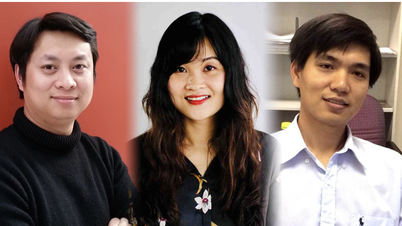



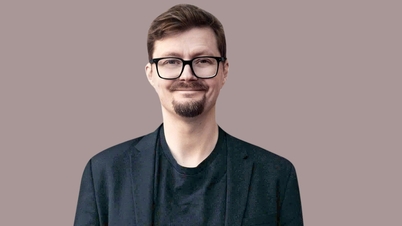





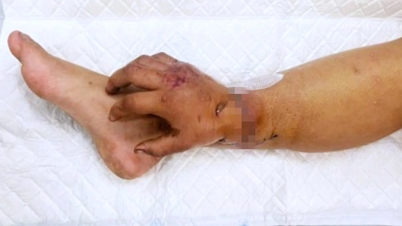













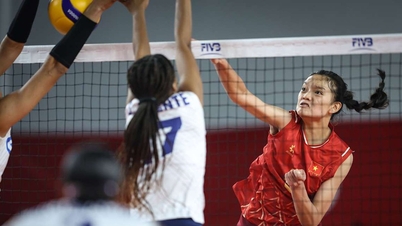

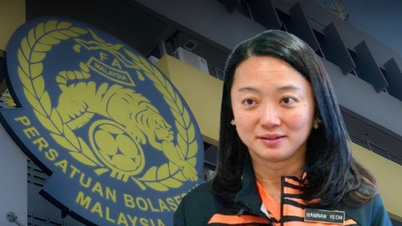
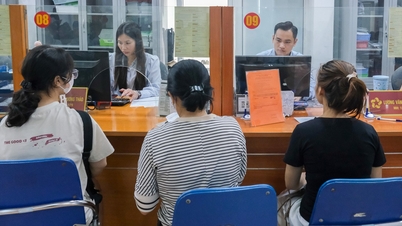




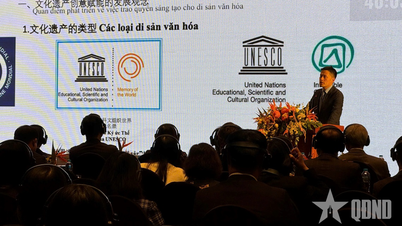

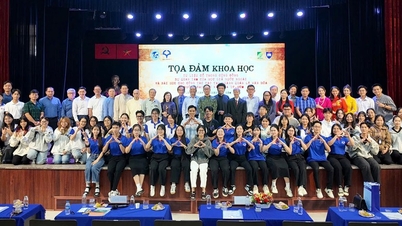

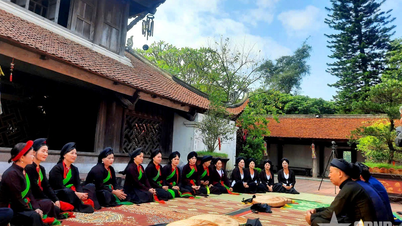


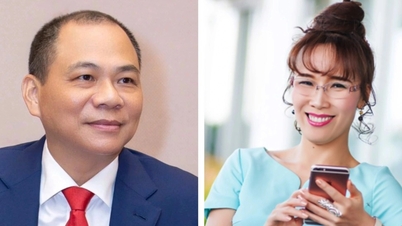

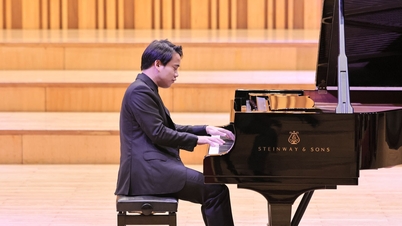

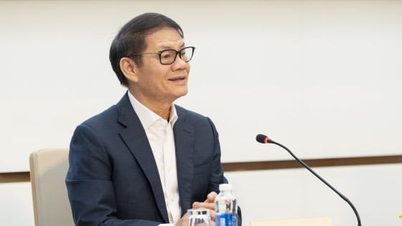

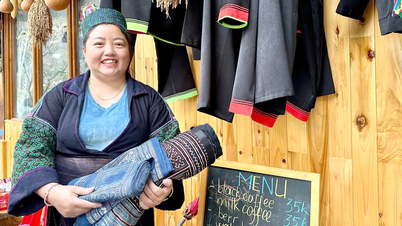
















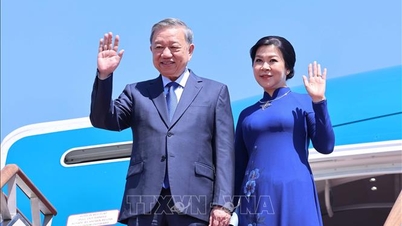


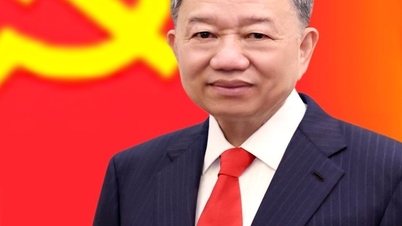

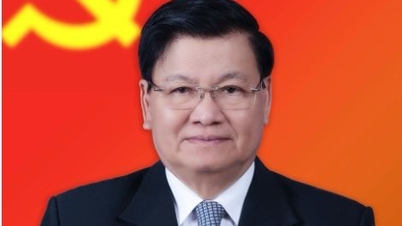
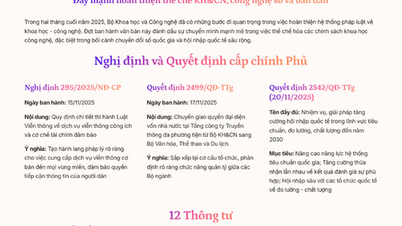

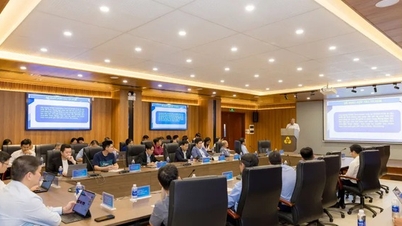
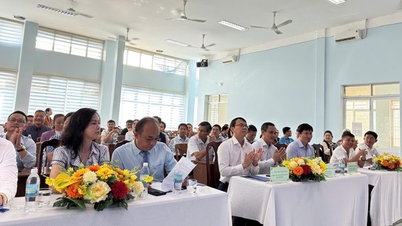
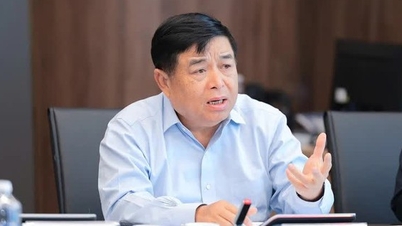

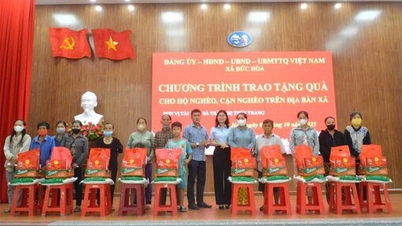




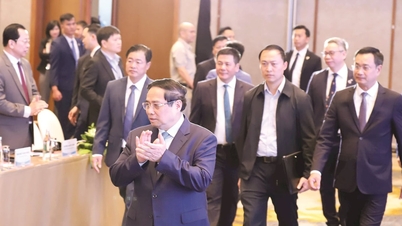














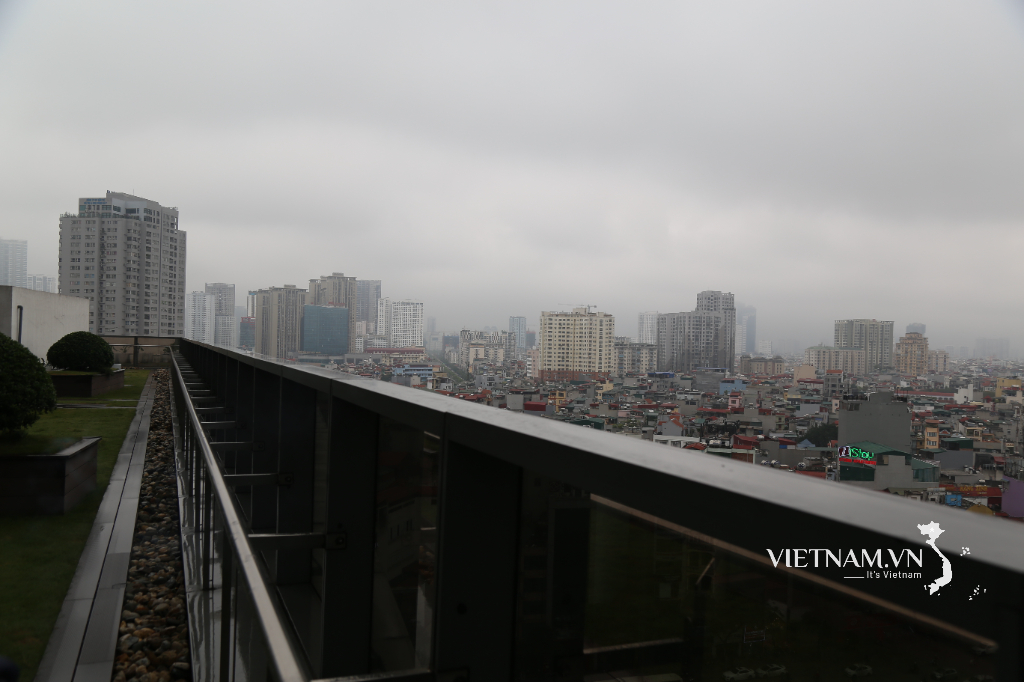
Comment (0)